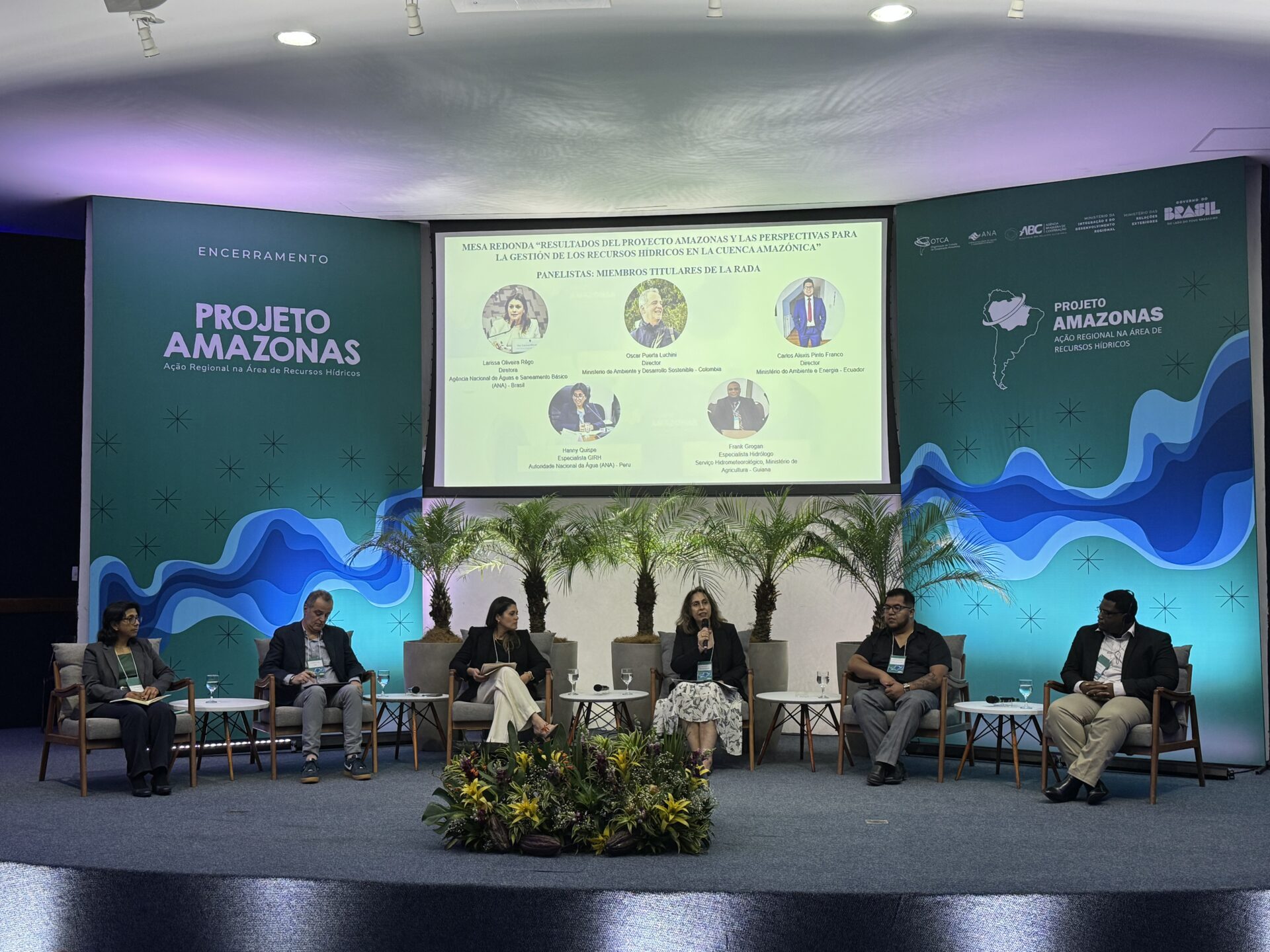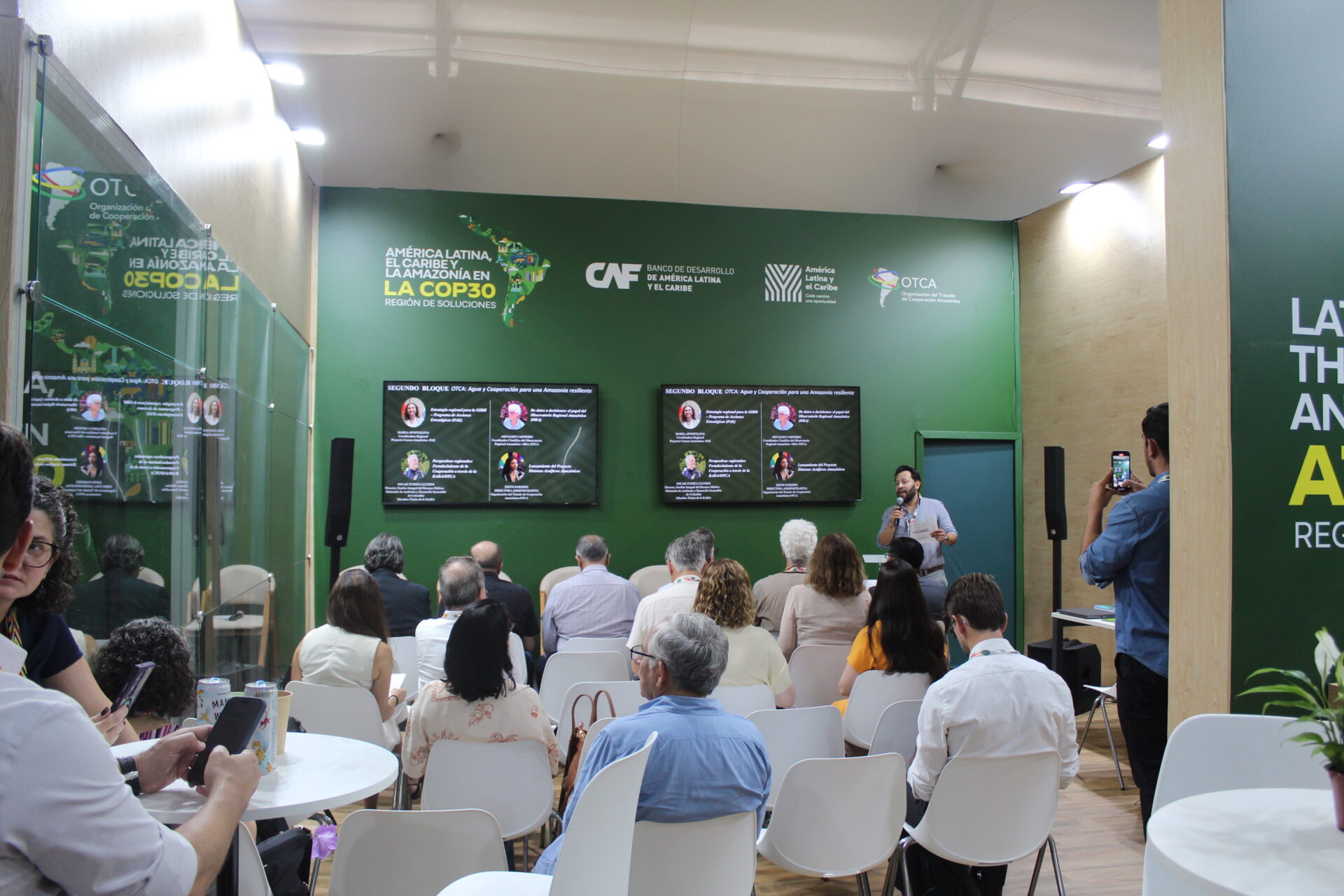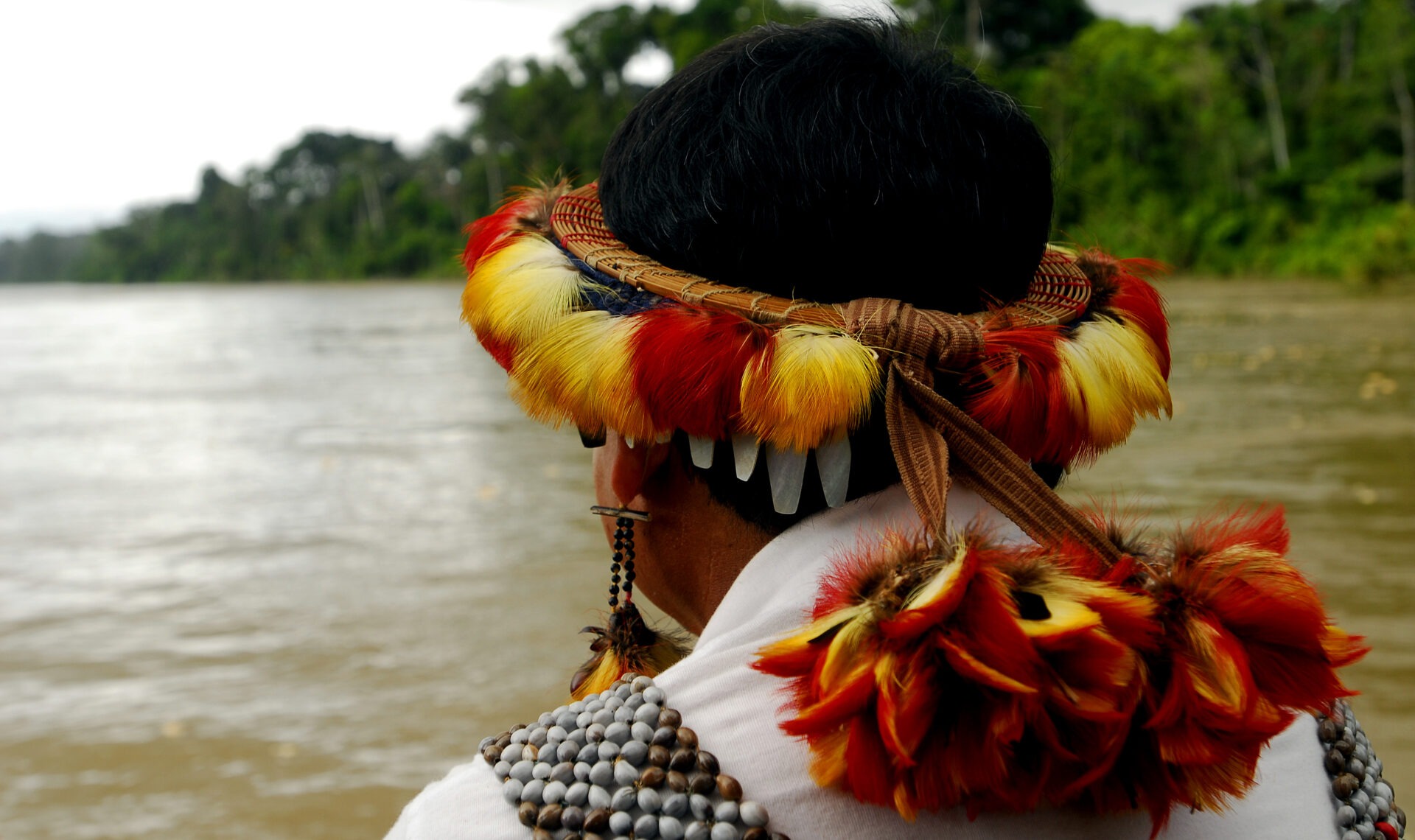The Amazon Basin Project has launched an educational video that will be used in community workshops to raise awareness about groundwater conservation in the border region of Leticia (Colombia) and Tabatinga (Brazil).
The audiovisual material, produced as part of the intervention “Hydrogeological, vulnerability and risk assessment for the development of policies for the protection and sustainable use of groundwater in the cross-border region of Leticia and Tabatinga,” is one of the actions seeking to ensure efficient and sustainable management of the aquifer that supplies both cities, with the active participation of the communities.
A shared vital resource
The video highlights that Leticia and Tabatinga, in addition to sharing cultural and social ties, also share an essential resource: groundwater. Currently, there are more than 3,000 wells in operation in the region, providing water for drinking, cooking, and other daily activities.
Countless families, as well as schools, clubs, and community spaces, depend on this water for their survival. For residents like Mrs. María Luzia Ortiz, access to wells represents security and quality of life.
Risks of contamination
Despite the importance of this resource, the Hydrogeological, Vulnerability, and Risk Assessment conducted by the Amazon Basin Project, in collaboration with the Brazilian National Water and Basic Sanitation Agency (ANA) and the Colombian Ministry of Environment and Sustainable Development (Minambiente), between 2022 and 2023, indicated moderate to very high levels of contamination risk in several areas.
Of the total of 68 wells monitored, more than 70% do not meet quality standards for human consumption, with the presence of fecal coliforms in some cases. The main sources of contamination include improper waste disposal, deficiencies in basic sanitation, effluent ponds, and contact with contaminated surface water.
The presence of coliforms highlights a problem common to both cities: poor basic sanitation coverage. This reinforces the need for joint action, given that aquifers are transboundary systems that transcend political boundaries.
Binational cooperation
The video also highlights the importance of cooperation between Brazil and Colombia in managing this resource. During the Third Binational Workshop, held in July 2024 in Leticia, authorities and experts emphasized the urgency of expanding sanitation, strengthening monitoring, and involving local communities.
According to Henrique Pinheiro Veiga, superintendent of Plans, Programs, and Projects at ANA, “We are advancing on two fronts: expanding sanitation coverage and structuring a monitoring plan. But it is essential that communities participate to ensure water quality.”
Oscar Puerta, who at the time was Director of Integrated Water Resources Management at the Colombian Ministry of Environment (Minambiente), emphasized the importance of Brazil and Colombia working together to ensure the health of the aquifer system, since water does not recognize national borders.
In this context, Brazil and Colombia are already working on actions that can strengthen water security in border cities.
Call to action
With the final message “Shared waters, shared care,” the video invites every citizen to actively participate in protecting groundwater by adopting responsible practices at home, avoiding pollution, and supporting public environmental management policies.
👉 Available in Spanish, Portuguese, and English, the video will be a key tool in workshops conducted by the National Water and Basic Sanitation Agency (ANA) and the Ministry of Environment and Sustainable Development (Minambiente), expanding the reach of the message and promoting the sustainable use of groundwater in the Amazon region.
Related news
Post
16 de December de 2025
The roundtable discussion “Results of the Amazon Project and Prospects for Water Resource Management in the Amazon Basin” was held [...]
Post
28 de November de 2025
Water is the central element through which most of the impacts of climate change manifest themselves: more intense droughts, extreme [...]
Post
24 de November de 2025
On October 23 and 24, 2025, the Third Meeting of the Ad Hoc Amazon Water Culture Group (GCA) was held [...]




